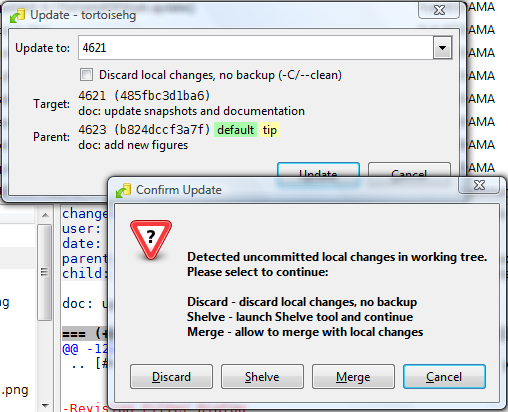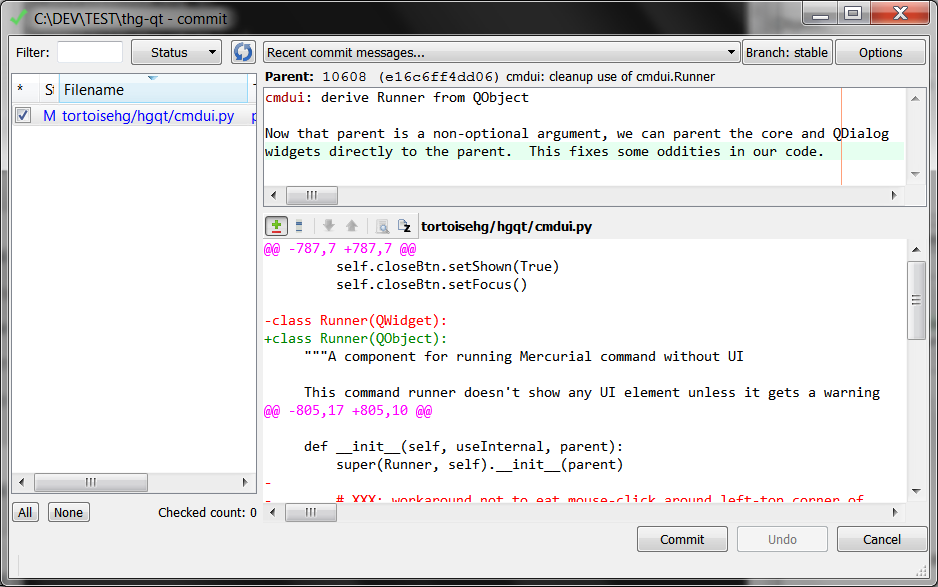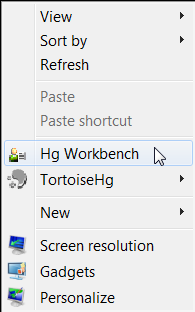
For example: ĭefault = Now you can call hg pull -u to get bring in all the changes from your other computer. hg\hgrc file in your repository in a text editor (you might need to create it), and set up a new path. Now, on your other computer, all you need to do is open up the. You can visit this web site in your browser and view the changesets or browse the code. hg serve -port 8000 -debug -R C:\Users\Mark\Code\MyApp). This launches a very simple web server that underneath is using the hg serve command (e.g. If you have TortoiseHg installed (which I highly recommend for Mercurial development), then you can simply right-click on any Mercurial repository and select TortoiseHg | Web Server. All you need is for them to be on the same network. However, Mercurial also comes with a handy utility that allows you to sync repos between two computers without the need for a USB key or a central server.
TORTOISEHG WEB SERVER FREE
Bitbucket is excellent for this, with its unlimited free private repos.

This isn’t a recommended way to work, but in simple cases it does the trick. If you know that changes have only been made in one repo, you could simply use the USB key again to copy the most up to date repo over the older one.What happens when the two computers get out of sync? How do I bring them back in line? As always with DVCS there are several ways to deal with it. to work from home, or when I am giving a presentation). Copy the contents from your exported certificate file, and paste them to the bottom of cacert.Occasionally I will copy a Mercurial repository onto another computer using a USB key (e.g.
TORTOISEHG WEB SERVER FULL
On my machine, the full path is C:\Program Files\TortoiseHg\hgrc.d\cacert.pem. Edit the cacert.pem file for TortoiseHg (if that’s the way you installed mercurial).Be sure to select X.509 Certificate (PEM), when exporting.

TORTOISEHG WEB SERVER HOW TO
I’m sure you can figure out how to do it in another web browser as well.

In Firefox by clicking the domain name, more information, view certificate, details tab, export certificate.

But to save you (and myself) from having to read it (again), I thought I’d jot down the steps to get it working again. There is a long thread at discussing why you can’t push/pull to a https server with a self-signed certificate. This has been working fine until recently, when I upgraded Mercurial from 1.6.x to 1.8.1, because it turns out that in Mercurial 1.7.2, they started throwing a big fat error when you try to work against a repository with a self-signed certificate: 1Ĭ:\Users\Johan\HgReps\MsmqRestService>hg inĪbort: error: _ssl.c:490: error:14090086:SSL routines:SS元_GET_SERVER_CERTIFICAT We’re publishing it using hgweb and apache, and since we want it encrypted, we use a self-signed certificate. For a project with some friends, we’ve set up our own private Mercurial repository.


 0 kommentar(er)
0 kommentar(er)
